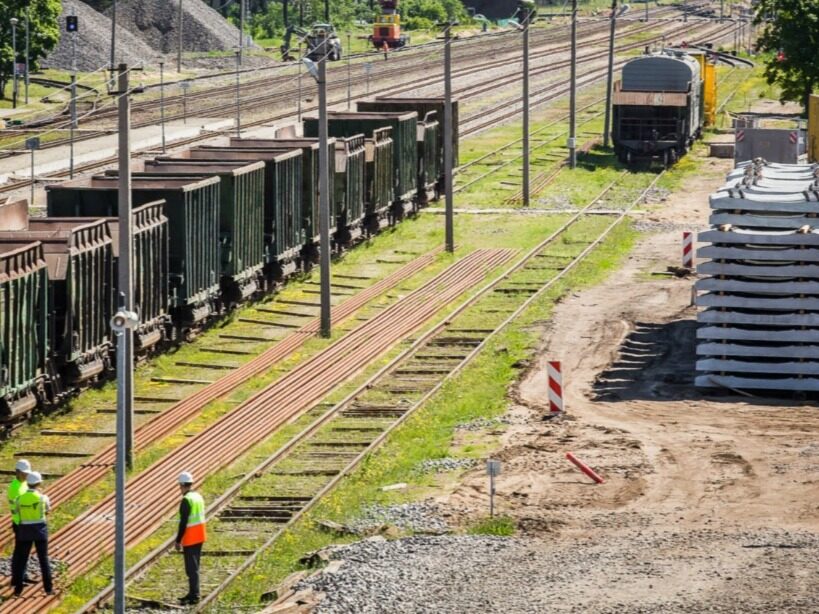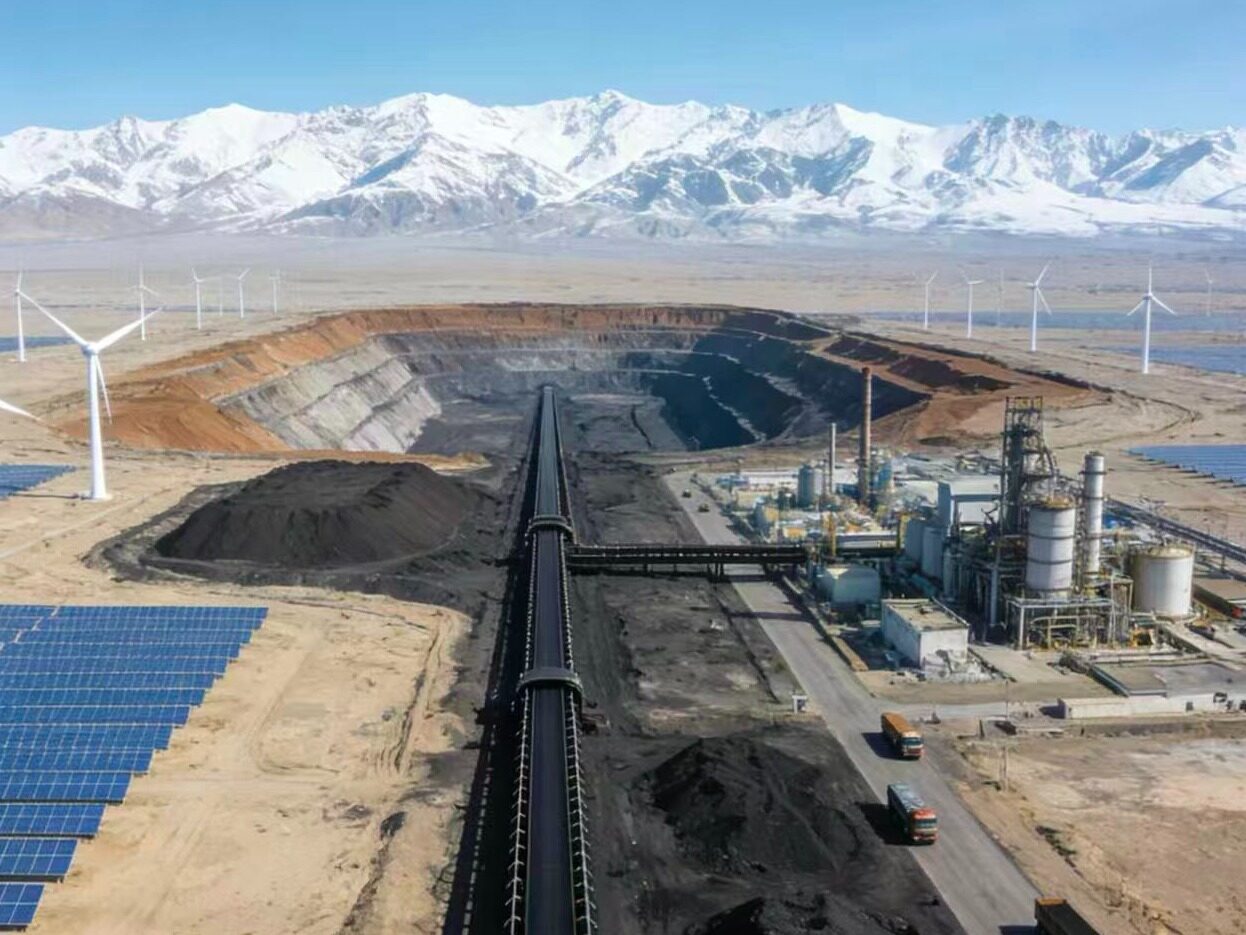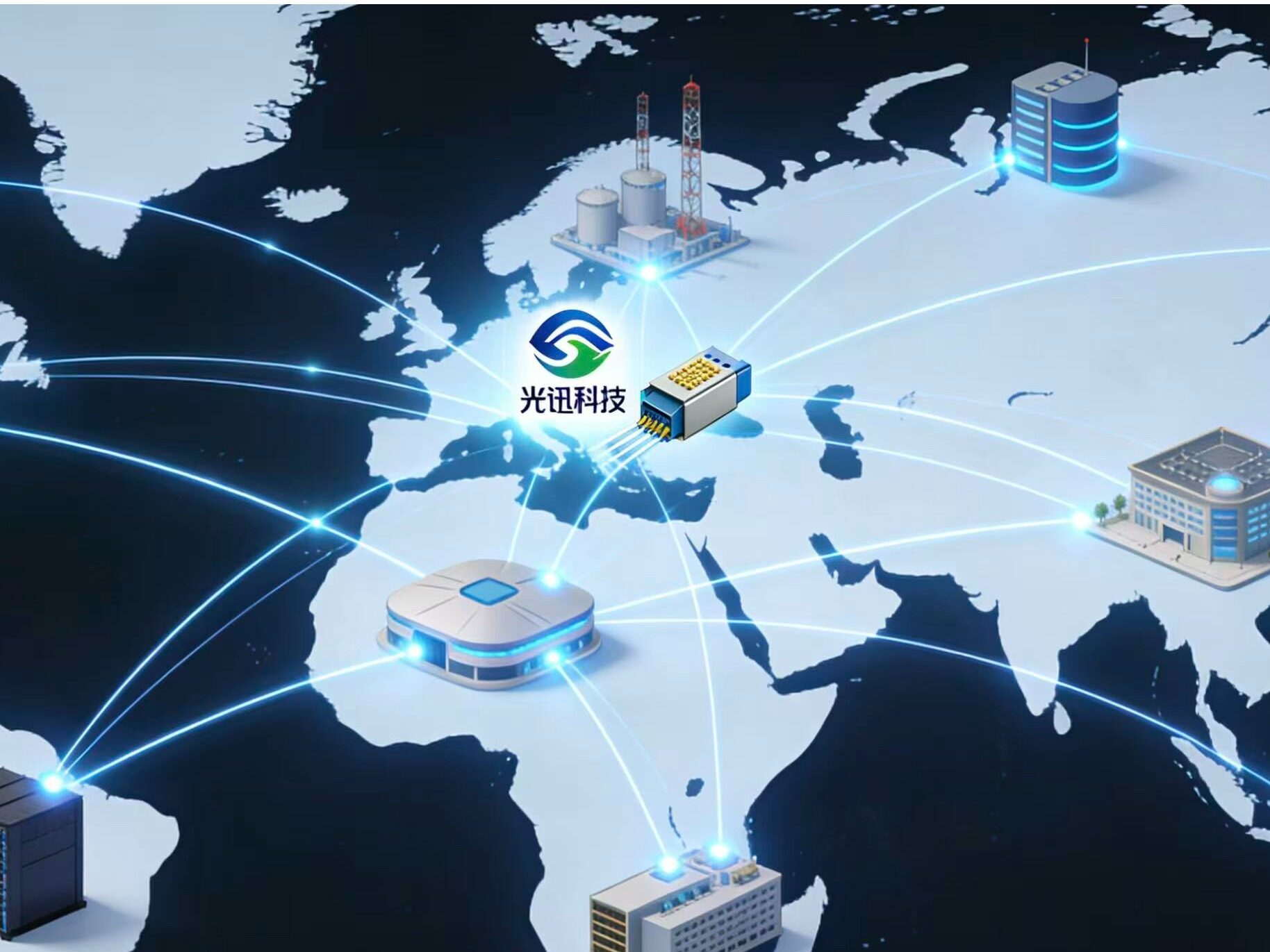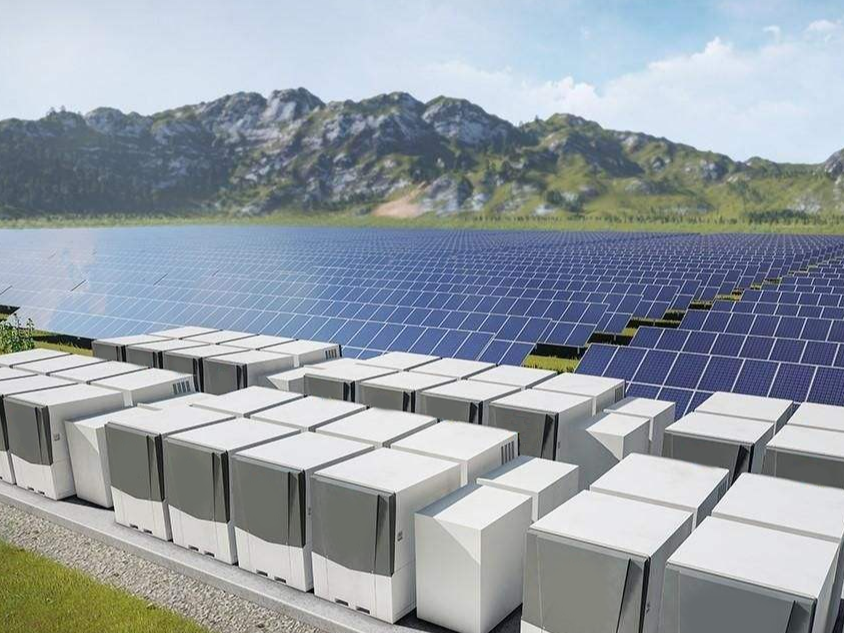- The Italian railway network is undergoing a 10-year, 1.7 billion euro project to modernize the infrastructure

Italy's infrastructure manager The Italian Railway Network (RFI) launched an ambitious project in 2016 to update and upgrade its fleet of on-orbit vehicles (OTV) and road rail vehicles (RRV) for measuring and diagnosing infrastructure failures To take advantage of the latest technology. The project is part of a broader plan to modernize the infrastructure maintenance fleet.
RFI has adopted a two-pronged approach to update its diagnostic fleet, and started to take the following short- and medium-term actions in 2017: Build and debug a new self-propelled vehicle in April 2020 for ultrasonic diagnosis of track, track geometry and wear. DIC-80, provided by Plasser and Theurer, using Nordco ultrasound technology. Construction of two new self-propelled vehicles, used to diagnose the geometry and wear of rails and overhead lines, and to measure the characteristic parameters of turnouts, provided by Tesmec, called Falco-the vehicles are now in use. Launched a self-propelled vehicle called Sirter, equipped with a system for diagnosing track and contact line geometry and wear. A vehicle called Aldebaran 2.0 was launched, equipped with a system for diagnosing geometric faults and wear of rails and contact lines, and faults in telecommunications systems. The Diamante high-speed diagnostic train was refurbished and renamed Diamante 2.0. The existing prototype passenger car was replaced with a passenger car that complies with Trenitalia's Frecciarossa ETR500 fleet, and the latest diagnostic system was installed. Introduce three K12 vehicles, equipped with track geometry fault and wear diagnosis system, as well as turnout characteristic parameter measurement and video inspection provided by DMA-the track geometry and wear diagnosis system will be put into use this month, and the remaining diagnosis systems will be put into use in January Use and launch two OBW10 self-propelled vehicles equipped with track geometry and wear diagnosis system.
Update and upgrade multifunctional trains
The long-term actions for the period 2023-2024 are based on the need to adapt equipment to changes in technology and regulations. Introduce redundancy technology, correlation and artificial intelligence (AI) to the diagnostic data verification process, aiming to improve the SIL level and RAMS performance. Increasing the frequency of surveys to support the transition to predictive maintenance policies, and the introduction of innovative equipment based on machine learning, aimed at reducing the risk of human error in track supervision activities, the visibility of signals, and the characteristic parameters of inspection switches.
In addition, RFI hopes to reduce operating costs by improving the problems of poor reliability and low availability of its existing fleet, and reducing its reliance on leased vehicles and outsourced transportation and diagnostic services. RFI added that it hopes to increase the amount of infrastructure maintenance done in-house, while increasing the timeliness of maintenance and improving the ergonomics of the workplace.
The fleet renewal plan involves four types of trains. Class 1 trains composed of 5 dual-mode electric diesel trains will be used on the regular network with a maximum speed of 130-160 km/h. For the first six years, the maintenance of the vehicle will be entrusted to the supplier, the temporary partner of Mermec and Stadler. RFI has selected a fixed combination of cabs that communicate with each other to allow a single driver to operate. RFI intends to use remote diagnosis, which will make it possible to eliminate operators currently operating at each diagnostic station on existing trains, while increasing the number of investigations per day because only the driver roster needs to be planned.
Class 2 trains will include seven multi-purpose trains equipped for ultrasonic railway diagnostics and tunnel inspections. Here, RFI chose a rolling stock consisting of a driving trailer and a tractor with a towing device or a type 4 dual-mode vehicle. The train will be equipped with an ultrasonic diagnostic system designed to ensure the best connection with the rail and the lowest connection fluid consumption to improve the identification of internal defects in the rail and prevent its development. These systems will be redundant, thus bringing benefits in terms of RAMS parameters. They will also be integrated with eddy current systems to identify surface defects that cannot be detected by ultrasonic technology, as well as video inspection systems that support data analysis.
Class 3 trains involve the renovation of the existing Diamante high-speed train Diamante 2.0, which will be equipped with an innovative diagnostic system and supplemented by a second identical train called Aiace 2.0. The on-board system will allow automatic inspection of contact lines and automatic inspection of signal visibility through an automatic inspection system based on machine learning algorithms.
Finally, there will be 15 dual-mode electric diesel Type 4 units, with a cab at each end. As with Type 1 trains, these devices will be designed for remote diagnosis, so only one driver is required in the car. Type 4 trains will be used to monitor intersections and terminals, with a maximum speed of 160 km/h.
Diamond 2.0
It is working with Mermec to develop diagnostic technology for Type 1, Type 3 and some Type 4 trains. Diamante 2.0 will be able to measure orbital conditions at a speed of 330 km/h. Multiple laser sensors and cameras working as an integrated system will automatically provide information about the profile of the rail head and the geometry of the overhead line, measuring the shape and movement optically. At the same time, sensors and accelerometers will mechanically measure the 3D movement of the train as it travels along the track. This data provides information about the geometry of the track-the shape and contour of the track head, and the track distortion.
The machine vision system will use a series of lasers and cameras, as well as artificial intelligence to detect faulty tracks and overhead line components. The image analysis software will use an algorithm to compare what the camera sees with the as-built image repository of the infrastructure. For example, the system will automatically identify missing railway fasteners, which is a common but major failure, and immediately notify the maintenance team of the problem to take remedial measures.
Stadler and Mermec won a turnkey contract worth 130 million euros in May to provide five new dual-mode diagnostic trains. Other examples involve the detection of surface defects and sleeper cracks, which are the two most complex tasks in this type of system. The use of machine learning technology guarantees performance optimization during the project life cycle, because the system automatically learns from verified and confirmed failures, thereby maximizing the overall detection rate while minimizing false alarms.
Wheel-rail interaction is another important measurement carried out by RFI on its measurement vehicles. The specific acquisition system allows monitoring and measurement of parameters representing the dynamic behavior of the vehicle under the stress imposed by the track, providing useful information to characterize the safety level of the vehicle under the operating conditions. Use strain gauges mounted directly on the wheels for measurement. The vehicle is equipped with multiple systems for monitoring the signal subsystem and telecommunications. A system has been developed to monitor and analyze the operating conditions of track circuits to detect possible abnormalities in ground equipment. This type of analysis is essential to avoid problems related to signal subsystem failures that may compromise safety.
The stereo method has been used to realize an automatic system that recognizes line-side signals from the perspective of the train driver. The algorithm recognizes and classifies signals in real-time in the image stream acquired by the diagnostic system. The stereo system consists of two high-resolution cameras arranged on the same floor at a fixed and known distance to detect the target type and its position relative to the center of the track in order to detect and locate all signals.
While these innovative optoelectronic vision and information technologies can detect faults and abnormal situations early, they will also generate a large amount of storage and data modeling requirements. If they are not handled properly, the data may be underutilized or even abandoned, forming data. cemetery. Sometimes the complexity and number of independently operating systems do not always guarantee that the railway has new information to support safety and track maintenance management in an efficient and effective manner.
Conceptualizing and implementing the correct data model and architecture can explore these big data lakes and turn information into actionable deliverables. Modern network platforms, whether in the cloud or locally, allow train operators and infrastructure managers to not only access diagnostic information, but also tools to analyze and predict track conditions, and ultimately adopt successful condition-based predictive asset maintenance Strategy.
The main challenges solved by the big data integration and analysis network platform include: multiple data sources, massive data history, limited data cleaning and filtering
Quantify the impact of operational changes and minimize train delays without compromising safety.
Diamante 2.0 and Type 1 and Type 4 vehicles are equipped with a series of sensors that are not only responsible for the diagnosis of infrastructure failures, but also for the diagnosis of the system itself. The software manages real-time data collection while using 4G and 5G connections to find problems in data storage and transmission. Particular attention is paid to the data architecture on the ship and the office in order to perform data transfer seamlessly. A solution has been developed to monitor and control the operation of such systems to improve their reliability and availability, and to ensure that there will be no service interruption through the centralized diagnosis of system failures and its modular solutions. The analysis of failures and their causes is the basis for the evolution of the system itself and its design. The diagnostic system installed on the vehicle follows the business process of the digital transformation of the Internet of Things.
As part of this project, it is essential to strictly protect stored data and communications from possible cyber attacks, especially for safety-critical signaling systems. Network security applies to infrastructure maintenance and management as well as train operations. In this way, in addition to other features such as authenticity, non-repudiation, and reliability, the confidentiality, integrity, and availability of information are also maintained.
In the life cycle of the project, 5G technology is considered to be a possible driving factor to improve the performance of the Internet of Things and provide information to end users. Testing with major operators: TIM and Vodafone.
RFI cooperated with the Ugo Bordoni Foundation (FUB) to invest in the development of 5G and satellite technology for railways, and launched the satellite diagnostic integrated network and the Dinos5G project. The latter is approved and funded by the European Space Agency (ESA) and aims to integrate 5G and satellite mobile network technologies to maximize network maintenance efficiency and minimize the impact on traffic. This is achieved through the use of a predictive diagnosis system that can process many signals in real time from the sensors installed in the entire railway network and the measurement system installed on the diagnostic train.
Keywords: international engineering news, foreign engineering project information
Predictive maintenance will further improve network efficiency standards. In the future, drones can be used to monitor infrastructure and intervene even before anomalies occur. The test site is located in the Bologna San Donato test circuit, which will be equipped with the latest sensor system and will be able to use the integrated 5G satellite communication channel to centralize all infrastructure-related diagnostic data.Editor/Baohongying
Comment
 Praise
Praise
 Collect
Collect
 Comment
Comment
 Search
Search














Write something~